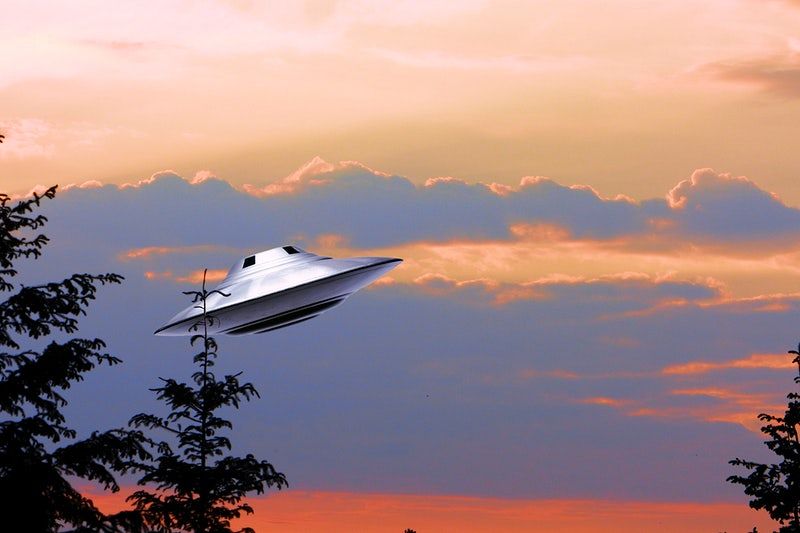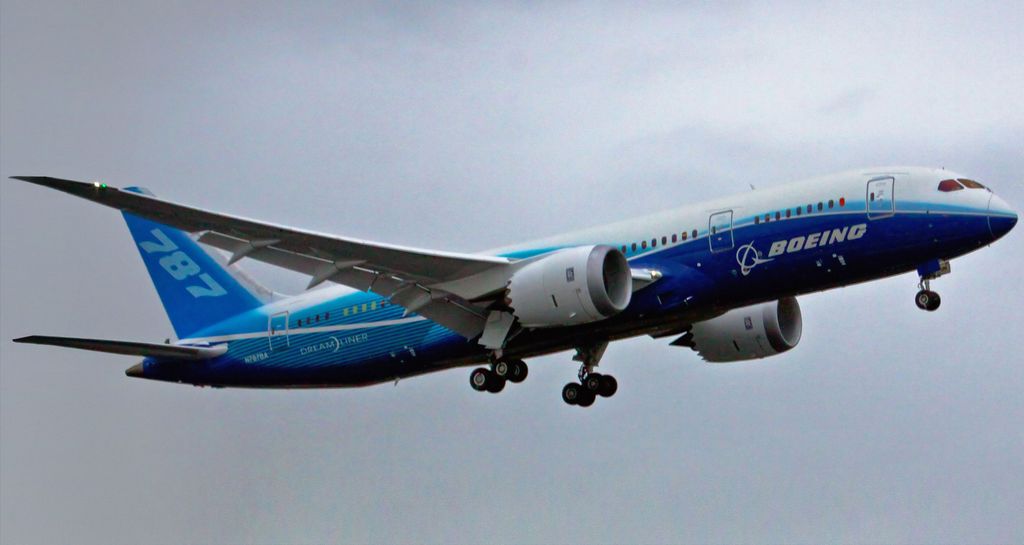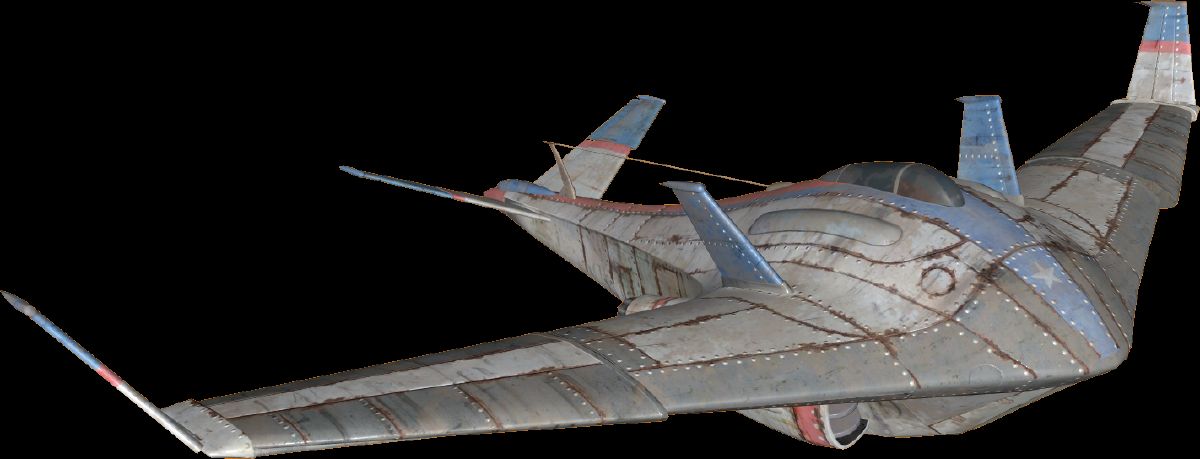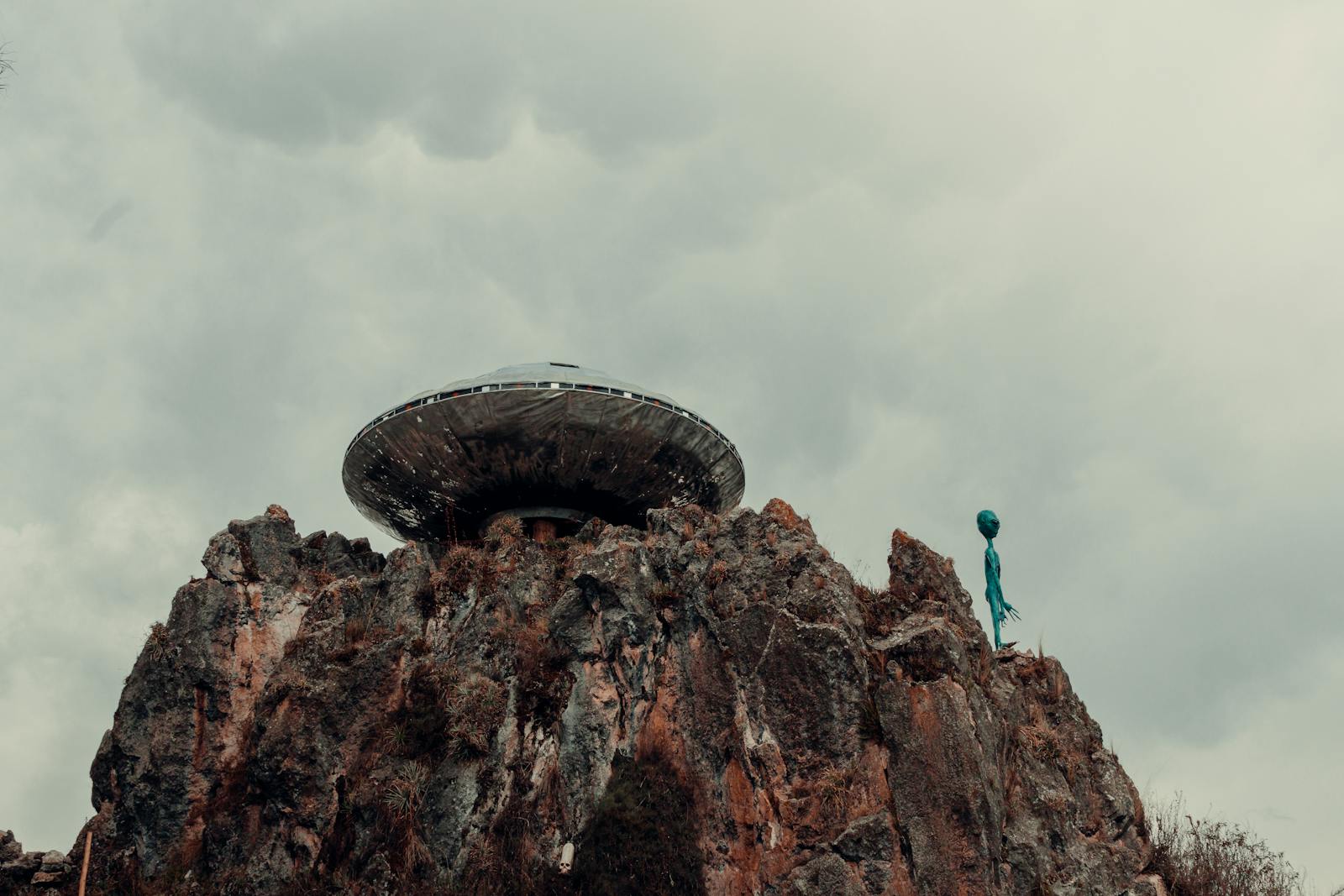
There’s a peculiar dance we all perform when it comes to supposed UFO footage. We lean in, eyes glued to the screen, a flicker of hope igniting that *this time* it’s real – only for the illusion to dissipate, revealing a rogue birthday balloon or a cunning digital trick. Yet, every so often, a clip emerges that defies easy explanation, demanding our full attention and sparking a very genuine stir across the digital landscape.
Such is the extraordinary case unfolding in the skies above Colombia, where multiple, distinct sightings have converged to create what many are boldly dubbing the ‘best UFO footage ever’ caught on camera. This isn’t just another fleeting blur; these are encounters captured in broad daylight, presenting a compelling narrative that even seasoned ufologists are validating, challenging our perceptions of what truly flies in our atmosphere.
The most prominent of these captivating encounters began with Pilot Jorge A. Arteaga, a seasoned aviator, swooping through the vast expanse above Antioquia. It was May 12, 2022, and at a staggering 12,500 feet in the air, something utterly inexplicable appeared in his path. What started as a strange, dark object suddenly emerged through the clouds, rapidly gaining clarity as it approached.

Arteaga, with incredible quick thinking, juggled his controls and his camera, capturing the extraordinary moment as he and his co-pilot watched in absolute awe. The mysterious flying object, as it drew closer, resolved into a distinct form: light in color, pointy at the front, and strikingly round at the back, presenting a classic yet chillingly real, disc-shaped silhouette.
He recounts how the object had initially been stationary, seemingly floating in the air between Medellín and Santa Fe. Then, with an almost impossible shift, it drastically picked up speed, beelining directly towards their small plane. Arteaga’s co-pilot, Daniel, also spotted the anomaly, keeping a vigilant eye on it as it drew ever nearer.
Driven by a profound curiosity, Arteaga reportedly maneuvered his aircraft to follow the object, attempting to ‘hunt’ it down. However, the encounter took a frightening turn. The pilot claims that it didn’t look or behave like any known aircraft, drone, or even a balloon. He grew alarmed as the object began moving towards them, forcing him to abandon his pursuit in genuine fear.
Arteaga’s expertise as a pilot lends significant weight to his observations. He firmly believes it couldn’t have been a balloon, noting that at 12,500 feet and around 5 degrees Celsius, it would have been too cold and turbulent, causing it to pop or blow away, especially when so close to another aircraft. He described it as ‘something totally unknown without means of propulsion with movements that he considers intelligent,’ cementing his ‘frightening experience’ as far beyond the ordinary.
In a remarkable twist for the pilot, his footage found its way to ufologist Jaime Maussan, a figure known for his deep involvement in the field, even famously unveiling two ‘alien corpses’ in Mexico last year. Maussan, a self-described alien expert, wasted no time in throwing his considerable weight behind Arteaga’s claims, emphatically authenticating the clip.
The pair sat down for an interview to delve into the bizarre sighting. Sharing a snippet of their conversation on X, formerly known as Twitter, Maussan declared, “We are facing one of the greatest UAP (UFO) evidences of all time; captured by the Captain Pilot Aviator @JorgeArteagaG.” This declaration wasn’t made lightly; Maussan also publicly thanked retired Pilot Lieutenant Ryan Graves for his crucial role in analyzing and validating the clip alongside him.

Their joint analysis led both experts to the resounding conclusion that the object was indeed a ‘UAP anomalous object,’ a term that in contemporary parlance is simply another way of saying ‘UFO.’ This validation from credible sources instantly elevated Arteaga’s footage from mere viral sensation to a potential landmark piece of evidence in the ongoing global discussion about unidentified aerial phenomena.
But Arteaga’s wasn’t the only eye-popping encounter to surface from Colombia’s skies. Around the same time, Colombian model Valentina Rueda Velez, widely known by her Instagram handle @Valentinarueda.v, shared her own astonishing footage. Flying on a private plane on April 4, she too witnessed something extraordinary pass by her window, capturing it for all to see.
Her clip, shared enthusiastically with her followers, showcased a distinct diamond-shaped object appearing against the clear blue sky at an estimated 20,000 feet. While some initially considered the possibility of a drone or another man-made object, its unique appearance and behavior quickly garnered immense attention from UFO enthusiasts, further fueling the narrative of remarkable aerial activity over Colombia.
UFO enthusiast channel The Hidden Underbelly posted Velez’s clip on YouTube, adding the intriguing caption: “In this footage, we get a clear view of this object, and this looks damn good. It seems to be a saucer-shaped craft.” The comments section exploded with reactions, with users celebrating what they perceived as compelling evidence, asking, “Is this the best footage we ever got!?”

Yet another intriguing piece of the puzzle emerged from a flight in 2023, this time on a journey from Bogotá to Sarento. A passenger on this 164-kilometer flight captured footage of a metallic, disc-shaped object flying alongside the plane. What makes this sighting particularly compelling is its “gimbal-like” rotation, a distinctive movement pattern noted in other alleged UFO videos, adding a layer of technical intrigue to the observation.
This footage, later featured in the trailer for James Fox’s documentary “The Program,” presents a clear view of the object’s smooth, reflective surface and classic flying saucer shape in broad daylight. However, a curious anomaly within this particular clip has sparked considerable debate: the conspicuous lack of audible reaction from other passengers and crew members. The flight attendant can be heard making routine announcements, seemingly oblivious to the extraordinary sight outside.
This puzzling discrepancy – compelling visual evidence juxtaposed with an unperturbed cabin atmosphere – raises thought-provoking questions about the circumstances of the recording. While some might interpret it as a sign of inauthenticity, others speculate about the nature of observation itself: perhaps the object was only visible from a specific angle, or perhaps the sheer shock rendered witnesses speechless. The mystery only deepens when one considers the implications of such advanced flight dynamics.
Unsurprisingly, these Colombian incidents have sparked a frenetic, often polarized, debate across social media platforms. The term ‘best UFO footage ever’ became a rallying cry for enthusiasts, eager to share and analyze every frame. Comments sections are filled with a mix of awe and skepticism, reflecting the enduring human fascination and division surrounding the unknown.

One user enthusiastically commented, “Definitely looks real to me. It’s always difficult to judge the size. Maybe the size of a small car. It looked fairly close.” Another echoed the sentiment, exclaiming, “Wow! That looks sooooo real! Great catch, whoever took this video! Very cool!” The palpable excitement online underscores the profound impact such visual evidence can have on collective imagination.
However, for every believer, there’s a chorus of critical thinkers. Skeptical voices quickly emerged, offering more grounded explanations. One individual wisely cautioned, “UFO simply means Unidentified Flying Object. It does not necessarily mean it came from another planet. Use critical thinking.” This perspective is crucial in a field prone to speculation, reminding us of the foundational principle of scientific inquiry.
Others proposed more mundane, though still unverified, theories. “It’s a balloon and it’s not even moving. It’s just an illusion from being in a vehicle (this case, a plane) moving towards and then away from an object,” one commenter suggested. Another confidently stated, “That’s a freaking Navy Drone. We have photos of them on Carriers. They went through a lot of testing, and we’ve got photos of that too.” These counter-arguments highlight the inherent difficulty in definitively identifying aerial phenomena.

The range of skeptical theories is quite remarkable, from the prosaic to the truly imaginative. Some posited, “That’s an empty potato chip bag, family size,” or even, “It’s an ‘Aeromanta’, a type of stingray that hitch-hikes the upward lifting air currents.” There were even claims of debunking: “It’s been debunked and matched up with a plastic bag that caught wind, it was a local bag from the area.” This vibrant back-and-forth exemplifies the modern digital town square, where every piece of evidence is subjected to immediate and intense scrutiny.
Yet, the unique details provided by experienced aviators like Jorge Arteaga serve to push back against these conventional explanations. His detailed account of the atmospheric conditions—freezing temperatures and high turbulence at 12,500 feet—directly challenges the balloon theory. He specifically stated that a balloon would have “popped or blown away” under such circumstances, and the aircraft’s wake would have “blown it away or disrupted its position.”
Arteaga’s insistence that the object was neither a balloon, nor a drone, nor any known object to him stems from a professional assessment of its ‘intelligent’ and unexplained movements, utterly devoid of visible propulsion. These are not casual observations but the trained eye of a pilot, making his testimony particularly compelling for researchers seeking to move beyond surface-level reporting and delve into the true nature of these anomalies.
The sheer volume and consistency of these high-altitude sightings from multiple independent sources in Colombia, particularly those captured with such clarity, mark a significant moment in the ongoing discourse surrounding Unidentified Aerial Phenomena (UAPs). The shift from the sensationalized “UFO” to the more scientifically neutral “UAP” reflects a growing commitment among researchers and even governments to approach these phenomena with analytical rigor.

These incidents force us to confront the possibility that there are technologies, or perhaps even natural phenomena, far beyond our current understanding, traversing our skies. The ‘gimbal-like’ movement, the sudden acceleration, the apparent lack of conventional propulsion—these characteristics challenge established physics and aerodynamics, opening pathways for profound scientific inquiry and potentially sparking new innovations.
In a world increasingly reliant on cutting-edge sensor technology and global connectivity, the ability to capture and instantly share such high-quality footage like that from Arteaga or Velez is a game-changer. It shifts the UAP conversation from anecdotal whispers to verifiable data points, demanding serious investigation and analysis from the scientific community, encouraging readers to think critically about the implications for the future of aerospace and defense.
So, as the footage from Colombia continues to ripple through our collective consciousness, the debate rages on. Is it the definitive proof many have yearned for? Or merely another sophisticated illusion? One thing is certain: these extraordinary aerial encounters have ignited a profound curiosity, pulling us into a fascinating, thought-provoking dialogue about the nature of our reality and what else might be sharing our vast, enigmatic skies. The quest for answers continues, fueled by compelling evidence and an insatiable desire to understand the great unknown that hovers just beyond our grasp.




